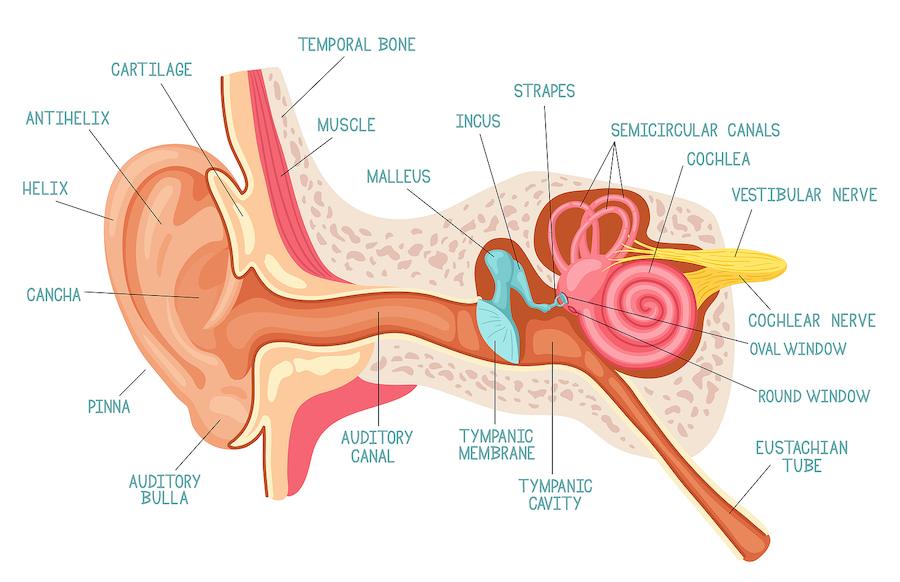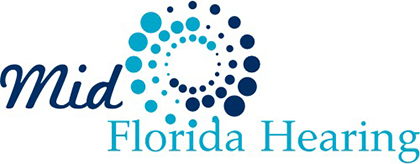Hearing Loss & Balance

Balance is essential to how we are able to move through space.
Understanding the Balance System
- First canal: head moving or nodding up and down
- Second canal: side to side motions
- Third canal: tilting left and right movements

Balance Disorders
The National Institutes of Health estimates that 8 million people live with balance issues that are chronic. A balance disorder is a medical condition that affects one’s ability to maintain balance and/or is characterized by vertigo. Vertigo is the experience of feeling like everything around you is spinning, producing dizziness. These dizzy spells can come and go or be longer-lasting.
Various health issues or conditions can cause challenges with balance or even a balance disorder. Common causes include the following:
- Hearing loss
- Inner ear disorders: Meniere’s disease, benign paroxysmal positional vertigo (BPPV), vestibular neuronitis, labyrinthitis, etc.
- Head injuries
- Viral or bacterial infections
- High or low blood pressure
- Medical conditions like Alzheimer’s and multiple sclerosis
Common symptoms produced by balance disorders include:
- Dizziness, vertigo
- Feeling unsteady and like you are going to fall
- Feeling faint or lightheaded
- Changes with vision, vision becomes blurry
- Nausea, motion sickness
- Headaches
- Confusion or disorientation
These symptoms can be intermittent or chronic which impact well being on a daily basis.

Link Between Hearing Loss and Balance
Treating Balance Disorders
Treatment for a balance disorder depends on the underlying cause. The first step is to be thoroughly assessed so the underlying condition causing balance issues can be diagnosed. To do this, you may be referred to a specialist which can include an otolaryngologist, also referred to as an ENT doctor. These healthcare providers specialize in assessing, treating, and managing conditions related to the ears, nose, and throat. You may also be referred to an audiologist who specializes in ear related conditions. Various diagnostic tools can be used to identify an underlying cause of a balance disorder. Tests can range from hearing to blood or imaging evaluations.
Treatment, informed by the underlying cause, can include the following:
- Medications: this would be used to treat bacterial infections causing inflammation, and could include antibiotics. Other medications could include steroid and antiviral treatments.
- Vestibular rehabilitation: Vestibular Rehabilitation Therapy (VRT) involves performing exercises of specific movements (with the eyes, head, body) without triggering vertigo.
- Canalith repositioning procedure (CRP): this treatment is for BPPV and involves positioning the head in specific ways that reposition the crystals that become dislodged in the inner ear.
These treatment options can effectively alleviate symptoms caused by balance disorders, allowing people to move through daily life more safely and easily.


